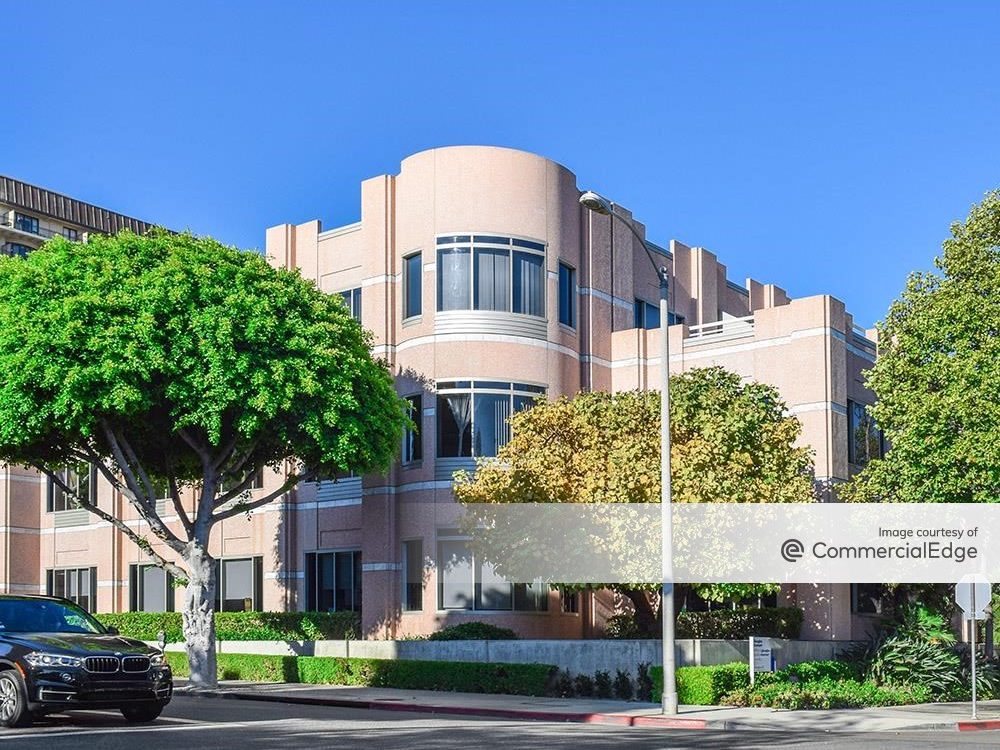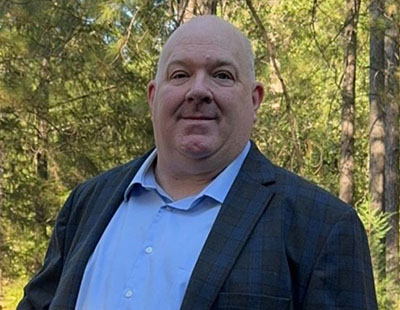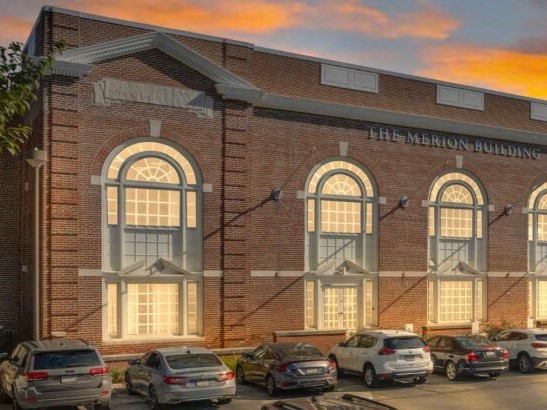Unpacking C-PACE Financing Trends
Petros PACE Finance’s Mansoor Ghori sheds light on the tool that provides capital for energy upgrades.
A little-known fact about Commercial Property Assessed Clean Energy financing is that the basic concept dates to the early 1800s. At that time, voluntary assessments for repaying municipal bonds were attached to property taxes to fund projects for public good, such as fire stations, street lighting and sidewalks. Today, C-PACE provides much-needed financing for energy-related upgrades.
In a wide-ranging exchange with CPE, Petros PACE Finance CEO Mansoor Ghori revealed all the details of the financing program: requirements, benefits and expectations in the years to come
READ ALSO: Energy Efficiency and Empowering Operations
Who can qualify for the program?
Ghori: The program is available to commercial owners or developers of real property within a city or county that has adopted C-PACE based on their state’s having enabled legislation. The property must be privately owned. C-PACE financing can be used for a wide variety of property types, including multifamily, hospitality, office, retail, industrial, nonprofit and more. For example, Petros-funded projects this year have included an indoor sports complex, a storage facility and a car wash.
What conditions must a property owner meet to access C-PACE funding? What about the building?
Ghori: Among other items, a borrower should have no record of bankruptcies or delinquencies in property taxes or mortgage payments in the last five years. They must also be the owner of record reflected on title along with a clean title search showing no non-voluntary liens.
Furthermore, cash flows from the asset should be sufficient to cover operating costs along with any mortgage debt and C-PACE. The building should not have unremedied environmental conditions, such as contaminated ground soil or a leaking underground sewer tank.
How are energy cost savings and other impacts estimated and documented?
Ghori: The specific requirements for savings calculation and documentation vary by local program. Generally speaking, cost savings are calculated for the eligible measures identified via a property energy audit or feasibility study conducted by a certified engineer. The savings baseline is either derived from the building code (typical for new construction) or is based on the facility’s prior equipment. The savings are usually derived from a combination of utility consumption or demand decreases, avoided O&M cost, incentives and rebates, tax savings, avoided capital costs and other societal benefits.
Describe the funding mechanism and its corresponding process.
Ghori: C-PACE is a relatively new and quickly growing alternative financing tool enabling commercial property owners and developers to obtain low-cost, long-term financing for the energy efficiency, water efficiency, renewable energy and resiliency components of their real estate projects.
C-PACE loans can have terms between 10 and 30 years and are fixed-rate, fully amortizing, non-recourse and non-accelerating. C-PACE is repaid via a voluntary special assessment on the property tax bill, so the C-PACE assessment automatically transfers to future owners of the property with no need to refinance.
C-PACE financing provides the capital for a long list of energy and water-focused improvements that typically involve a building’s mechanical, electrical and plumbing systems, along with the building envelope (e.g. HVAC, chillers, boilers, roofing, lighting, solar, controls, windows, plumbing, irrigation etc.). The loan is fully funded at close into a trust account and disbursed via an approved draw schedule.
Who is using this financing program the most?
Ghori: In the early stages, retrofit projects dominated the market and continue a strong growth curve. Over the past year, we have seen new construction and gut rehabilitation projects embrace the PACE market to improve energy performance while enhancing their capital stack. We expect new construction to drive new growth in the C-PACE market over the next year.
Any commercial property is eligible to use C-PACE. The earliest adopters have been hospitality, office, retail and industrial. C-PACE financing has been used for funding energy efficiency improvements more than renewables or resiliency.
What are those advantages of C-PACE for property owners?
Ghori: There are basically two uses for Petros’ C-PACE capital that have different advantages: One in which Petros can fund up to 20 percent loan-to-value in the capital stacks for gut-rehab, refinance and ground-up, new construction projects. The other is where Petros can fund 100 percent LTC for energy-efficient retrofits to existing commercial properties.
There are various advantages for retrofit opportunities, such as increased NOI and property value, since the energy savings generated by the improvements will usually exceed annual payments. Another significant advantage is the fixed-rate financing for up to 30 years, providing a hedge against interest rate risk. In addition, the property tax assessment mechanism allows recovering payments as an operating expense and share costs and benefits with tenants, thus eliminating split-incentive issues. Moreover, C-PACE enables a building owner to think long term about capital improvements, knowing that the loan, as well as the efficiency benefits, will transfer to the future owners of the property.
Advantages for new construction/rehab opportunities include a more efficient source of capital, higher projected returns and an improved ability to service debt by displacing higher-cost mezzanine and equity financing. Another advantage is the non-recourse (after construction), non-accelerating debt with no ongoing financial or operating covenants. In addition, C-PACE enables sustainable measures that might otherwise be value-engineered out of a project. In this case, also, the property tax assessment collection mechanism allows for possible recovery with tenants and property guests and a seamless transfer of ownership. Last but not least, the program can provide gap financing to cover project cost overruns and aligns nicely with other forms of incentives in the capital stack like HTC, TIF, NMTC, EB-5 etc.
Does the program differ in connection with local legislation?
Ghori: Because PACE programs are enabled by state and local legislation, program requirements vary by jurisdiction. Some states allow C-PACE financing for new construction, for example, while others do not. Savings requirements also vary by program.
How do you see sustainability and energy efficiency unfolding in the following years?
Ghori: Movement toward really addressing climate change and energy efficiency—not just lip service—will place potentially huge financial burdens on commercial property owners for projects that may also extend payback periods. C-PACE can support cities and states by providing a way to reduce these financial burdens without putting a strain on public coffers. This will further strengthen the public-private partnership that is at the core of C-PACE.
Morningstar Credit Ratings just released a report speculating that New York City’s Climate Mobilization Act will spur the growth of C-PACE, for example. These local New Green Deal initiatives being passed by cities and states will certainly impact the adoption of C-PACE by driving demand for efficiency improvements and the capital to pay for them.











You must be logged in to post a comment.